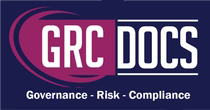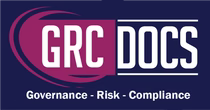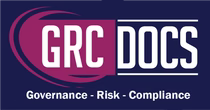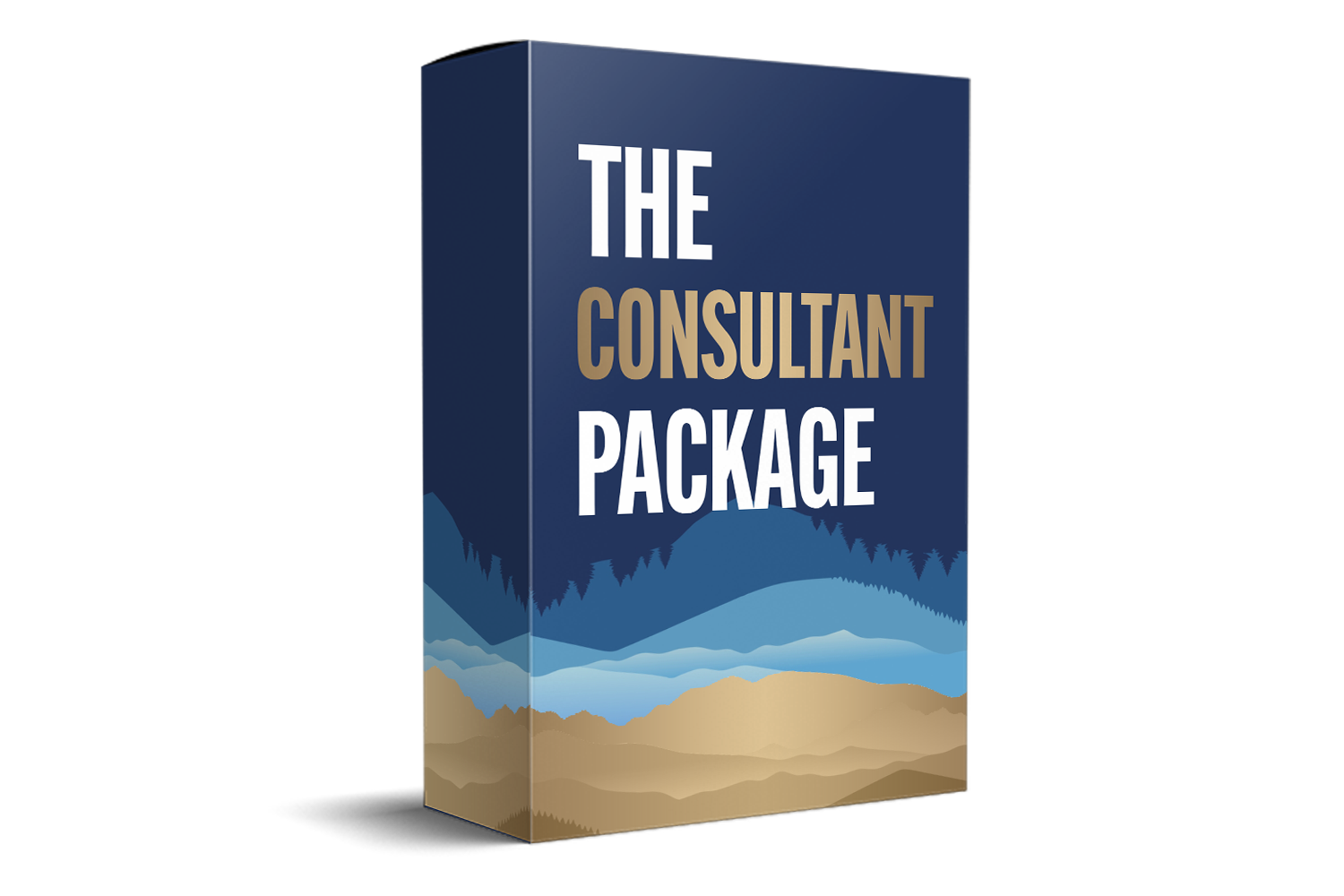SOC 2 Report Preparation Toolkit Everything You Need For Compliance
Introduction
Preparing for a SOC 2 audit can seem overwhelming, but with the right toolkit, it becomes manageable and straightforward. In this article, we'll explore the essential components of a SOC 2 report preparation toolkit. Understanding these tools and steps will help you achieve SOC 2 compliance efficiently. The process involves not only technical adjustments but also organizational changes that align your practices with industry standards.

Why SOC 2 Compliance Matters
SOC 2 compliance is not just about fulfilling a checklist; it's about building trust with your clients. When you can show that your organization adheres to strict data protection standards, you enhance your reputation and increase customer confidence in your services. In industries where data security is paramount, achieving SOC 2 compliance can differentiate you from competitors who have not met these rigorous standards.
Moreover, many clients now require a SOC 2 report as part of their vendor onboarding process. Therefore, being proactive about SOC 2 compliance can give you a competitive edge in the marketplace. It allows you to anticipate client demands and streamline the onboarding process, reducing potential delays and fostering stronger business relationships. Additionally, SOC 2 compliance can open doors to new business opportunities and markets that prioritize data security in their vendor selection criteria.
Key Components Of A SOC 2 Report Preparation Toolkit
-
Gap Analysis: The first step in preparing for a SOC 2 audit is conducting a gap analysis. This process involves evaluating your current security controls against the SOC 2 requirements. The goal is to identify areas that need improvement to meet the compliance criteria. A gap analysis provides a clear roadmap of what needs to be addressed, allowing you to allocate resources effectively and prioritize actions that will have the most significant impact on compliance.
-
Policy and Procedure Development: Once you've identified gaps, the next step is to develop or update your policies and procedures. These documents should clearly outline how your organization meets each of the SOC 2 trust service criteria. Effective policies not only guide your organization’s operations but also serve as a framework for decision-making and compliance efforts, ensuring consistency across all departments.
-
Employee Training Programs: Your employees play a critical role in achieving SOC 2 compliance. It's essential to implement training programs that educate your team about data protection practices and SOC 2 requirements. Training should be interactive and engaging, using real-world scenarios to illustrate the importance of compliance in daily operations.
-
Risk Assessment and Mitigation: Conducting a risk assessment is another crucial component of your SOC 2 preparation toolkit. This process involves identifying potential risks to your organization's data and implementing measures to mitigate them. Risk assessments should be comprehensive, examining both internal and external threats, and considering the potential impact and likelihood of each risk.
- Monitoring and Reporting Tools: Continuous monitoring is essential for maintaining compliance. Implement tools that provide real-time insights into your security posture and alert you to any anomalies or potential breaches. These tools can automate the detection of suspicious activities, allowing for quicker responses to potential threats and minimizing the risk of data breaches.
The Role Of A SOC 2 Auditor
The SOC 2 auditor plays an essential role in the compliance process. They evaluate your organization's controls and verify that they meet the SOC 2 criteria. Understanding the auditor's role can help you better prepare for the audit and address any concerns they may have. A well-prepared organization can facilitate a smoother audit process, minimizing disruptions and ensuring a more efficient evaluation.
-
Selecting the Right Auditor: Choosing the right auditor is crucial for a successful SOC 2 audit. Look for auditors with experience in your industry and a solid understanding of SOC 2 requirements. A good auditor will work collaboratively with your team, providing guidance and feedback throughout the process. Selecting an auditor who understands your specific industry challenges and nuances can greatly enhance the audit's effectiveness and relevance.
- Preparing for the Audit: Preparation is key to a smooth audit experience. Ensure all documentation is in order, and conduct a mock audit if possible. This exercise can help you identify any last-minute issues and ensure your team is ready for the actual audit. Mock audits can also serve as a valuable training tool, helping your team understand what to expect during the actual audit and reducing anxiety and uncertainty.
Common Challenges In SOC 2 Preparation
While preparing for a SOC 2 audit, organizations may face several challenges. Some common issues include:
-
Resource Constraints: Achieving SOC 2 compliance can be resource-intensive. It requires time, personnel, and financial investment. Balancing these requirements with ongoing business operations can be challenging, particularly for smaller organizations with limited resources.
-
Complexity of Requirements: Understanding and implementing the trust service criteria can be complex, especially for organizations new to SOC 2. The criteria are detailed and multifaceted, necessitating a deep understanding to implement them effectively.
-
Keeping Up with Changes: Compliance standards and threats evolve, requiring organizations to continually update their practices. Staying ahead of these changes demands ongoing vigilance and adaptability.
Overcoming Challenges
To overcome these challenges, consider the following strategies:
-
Leverage Technology: Use automated tools to streamline compliance processes and reduce manual effort. These tools can help manage documentation, monitor compliance status, and alert you to potential issues, saving time and reducing the risk of human error.
-
Seek Expert Guidance: Engage consultants or advisors with SOC 2 expertise to guide you through the preparation process. External experts can provide valuable insights and help bridge knowledge gaps, ensuring a more efficient and thorough preparation process.
-
Continuous Improvement: View SOC 2 compliance as an ongoing commitment rather than a one-time effort. Regularly review and update your practices to stay ahead of changes. Emphasizing continuous improvement fosters a culture of security and compliance, empowering your organization to adapt to evolving threats and standards effectively.
Conclusion
Achieving SOC 2 compliance is a significant milestone for any organization. With the right preparation toolkit, you can navigate the complexities of the audit process and demonstrate your commitment to data protection. SOC 2 compliance not only enhances your organization’s credibility but also strengthens relationships with clients and stakeholders by showcasing your dedication to maintaining high security standards. By investing in gap analysis, policy development, training, risk assessment, and monitoring tools, you'll be well-equipped to achieve a successful SOC 2 audit. Remember, compliance is not just about meeting standards; it's about building trust with your clients and securing your organization's future. A proactive approach to SOC 2 compliance can serve as a foundation for robust data protection strategies, ensuring long-term success and resilience.






